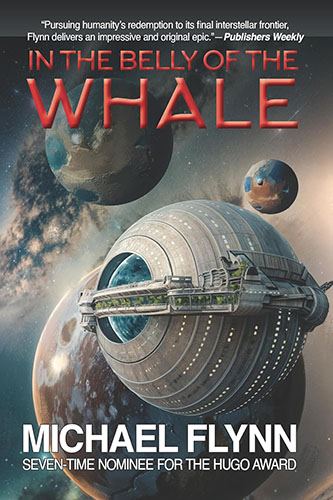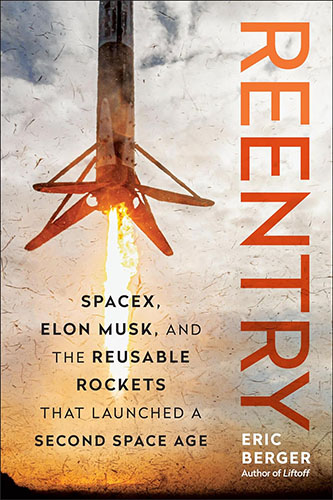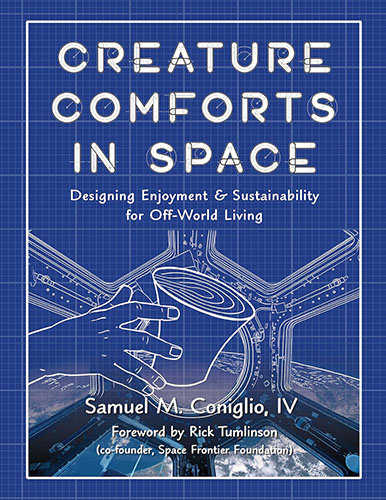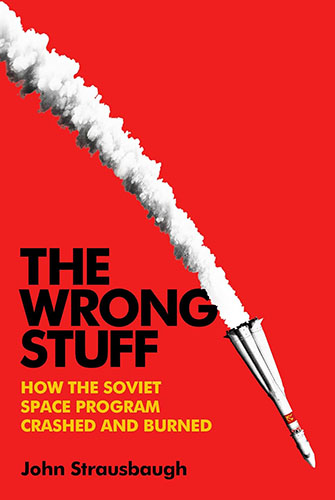Here are some answers to questions from NASA Deputy Administrator Lori Garver at the February 1 NASA Budget Teleconference. Questions are paraphrased.
Where is NASA going to go?
Garver: This program is aimed at creating those really transformational technologies without forcing on the taxpayer right now either the burden of stretching old technologies or wishful thinking that we were going to go somewhere in a period of time when we weren’t. Rather than setting those destinations and timelines, we’re setting goals for capabilities that can take us further, faster, and more affordably into space. The Moon definitely continues to be an important central destination for the future, together with near-Earth asteroids and eventually the moons and surface of Mars. Now we are focusing on reversing the underinvestment we’ve had for decades in a lot of these new technologies.
…We are looking at actual flagship missions, our teams are already hard at work scoping those, and there are a number of things that we will be laying out within the next couple of months on specific flagship missions and specific technologies that we are going to be investing in. Some of these technologies are listed in the budget documentation like fuel depots and so forth on orbit so that we can go further.
With Ares V cancelled, what is the prospect for heavy lift capability?
Garver: The heavy lift and propulsion R&D budget is very robust, 3.1 billion over 5 years, 559 million in ’11 alone…. It will focus on those technologies needed to support next-generation space launch and propulsion technologies. So this is not a restacking of existing technologies for heavy lift launch vehicles. In fact we were not making an investment in heavy lift technologies in the former plan until 2016 so this entire 3.1 billion for heavy lift technologies is before we would have even been able to do that, so our intent is to reduce the cost and shorten the development time frame so even by then we are ready to do something new and different.
…As we were just discussing, we weren’t even investing in heavy lift until 2016 in the old budget. We have a robust program here which I believe will get us certainly beyond low-Earth orbit, to the Moon, to the asteroids, with our partners, on a timetable that would definitely beat where we would have been heading. Keep in mind we found out during the Augustine review that we weren’t going to the Moon in 2020 and all the headlines that we were unfortunately were not the reality. So the Augustine Report made it clear that we wouldn’t have gotten beyond low-Earth orbit until 2028 and even then would not have had the funding to build a lander. So we had lost the Moon and what this program does is give us back the solar system.
Do you think you will ever see a human walk on the surface of the Moon again in your lifetime?
Garver: Personally, I absolutely believe that. I believe I could still do it myself as a matter of fact. What this does is open up more people to be going more places in a way that is not on the back of the taxpayers but is doing those things that are meaningful as we go into space. This shouldn’t be just about rockets, it should be about what we do when we get there and where we are going that’s exciting. So we’re going to be investing in those technologies that allow that to happen in the future for many more people and to do a lot of different things as well as go to the asteroids and to Mars.



















